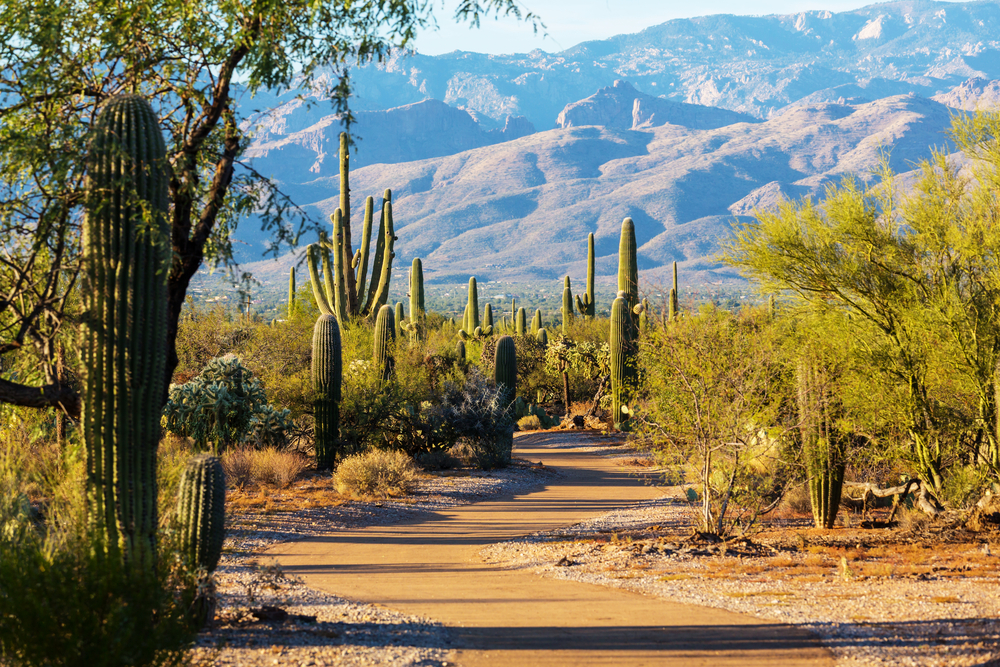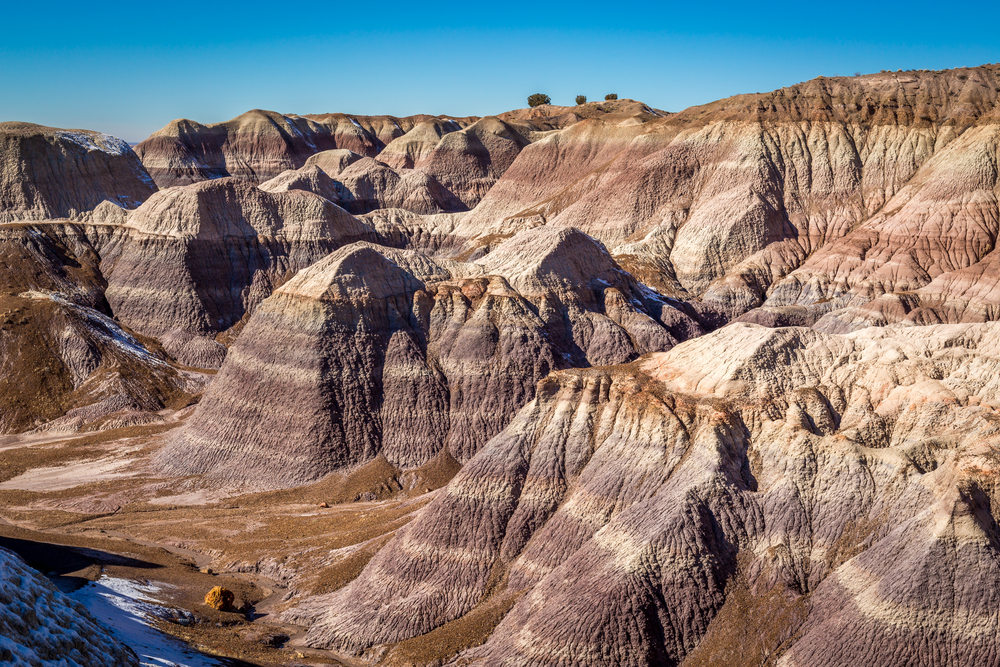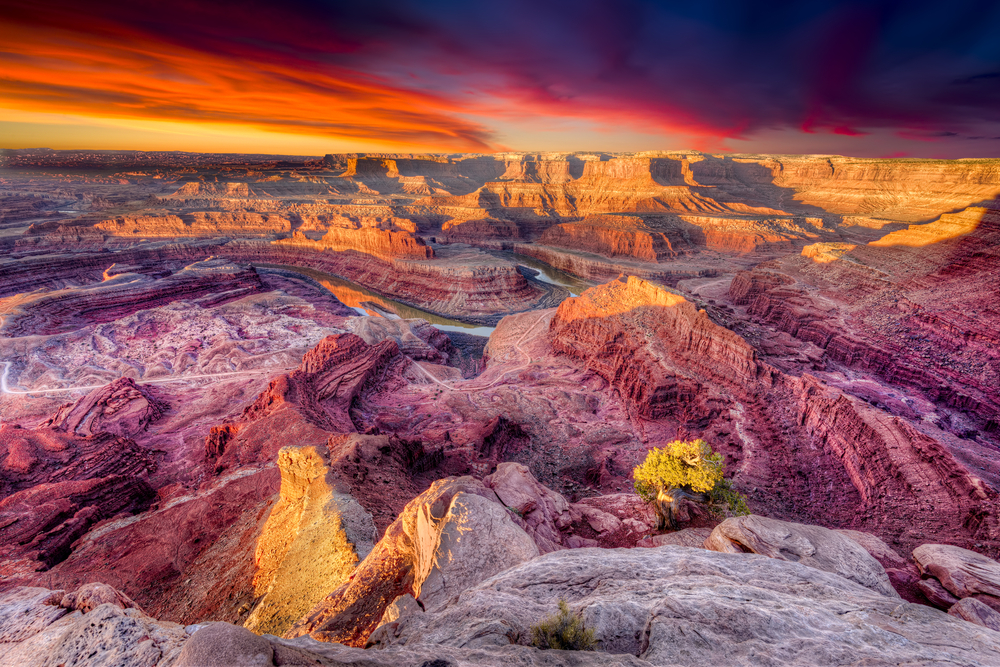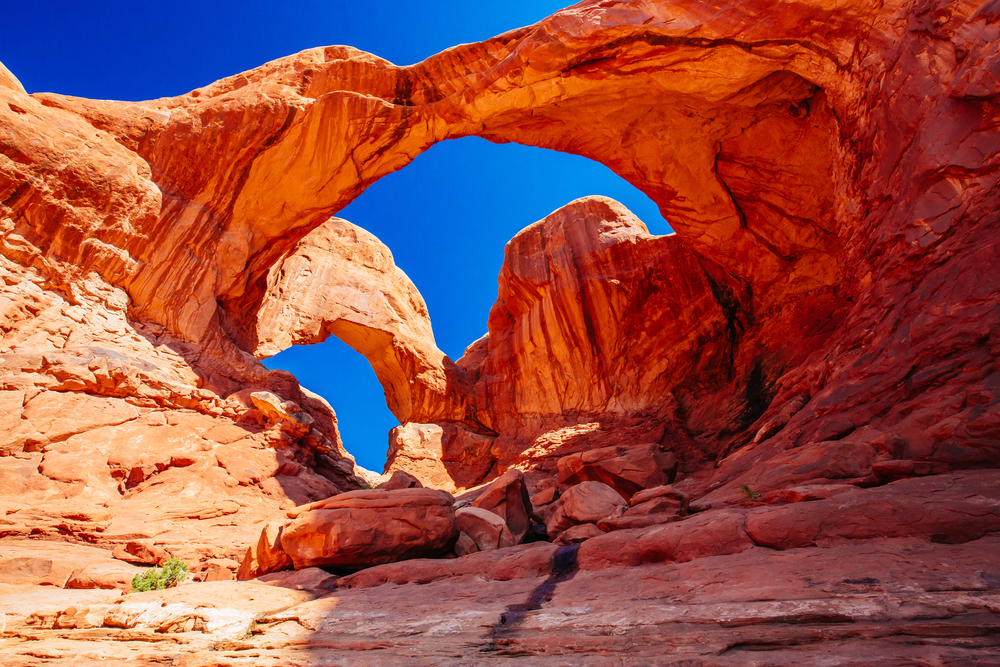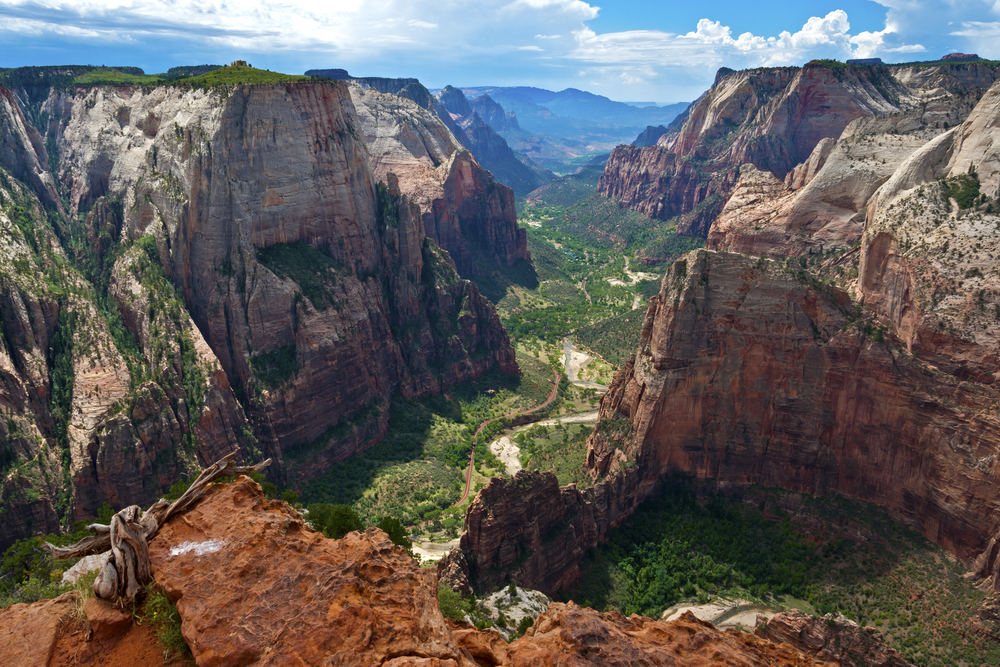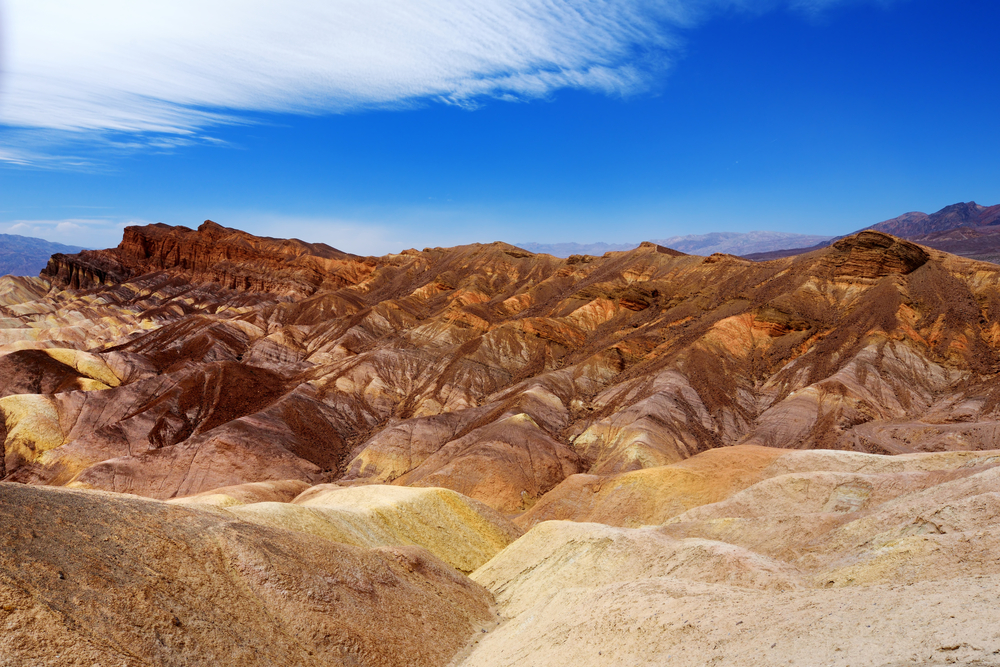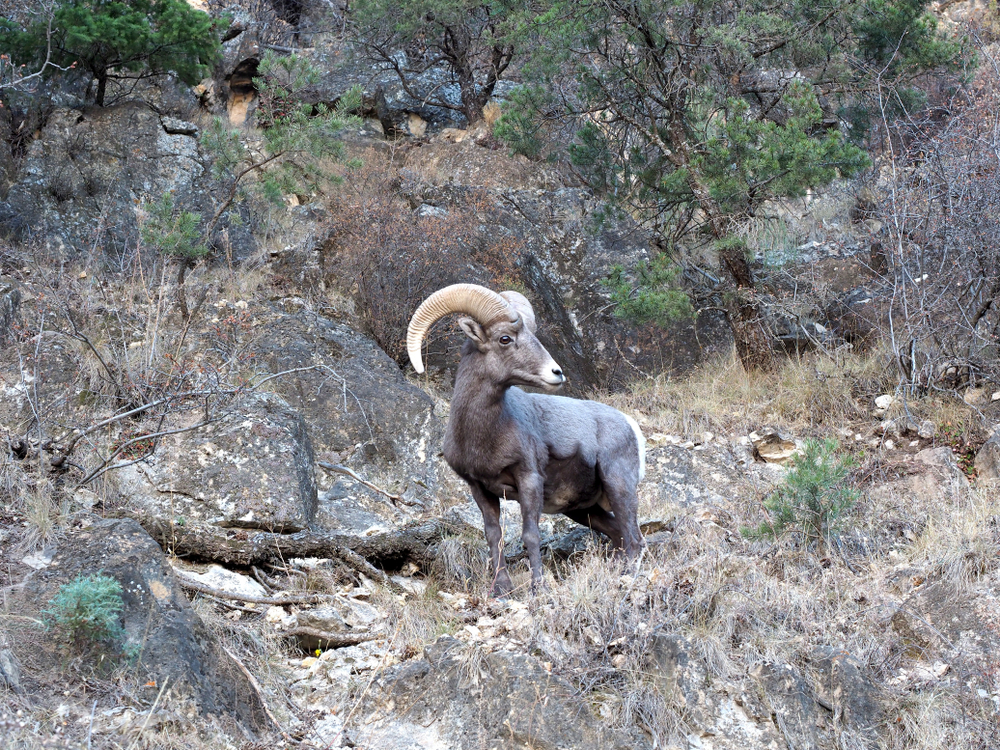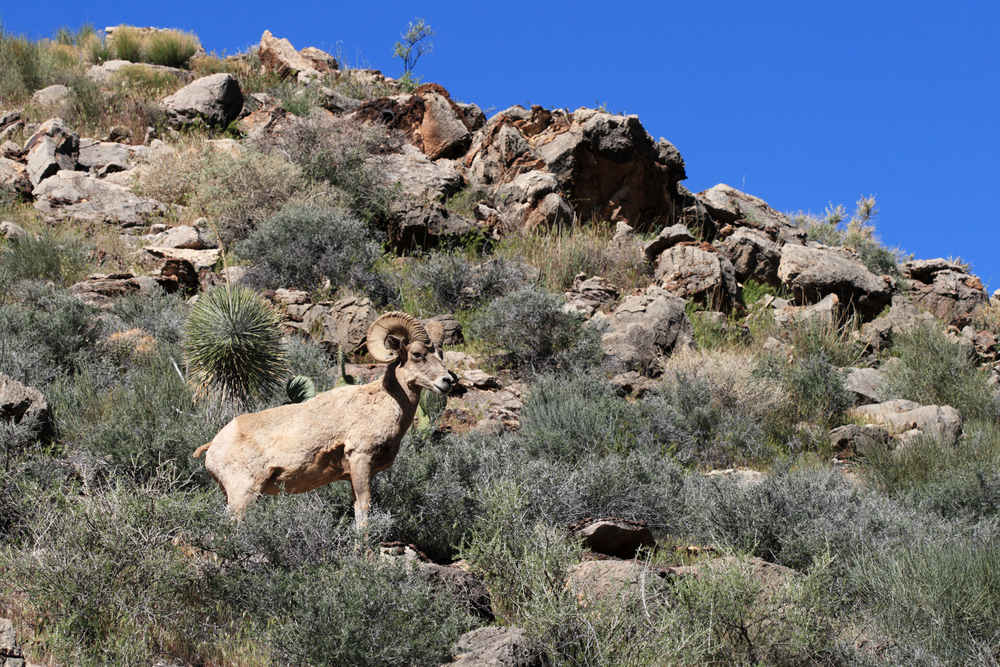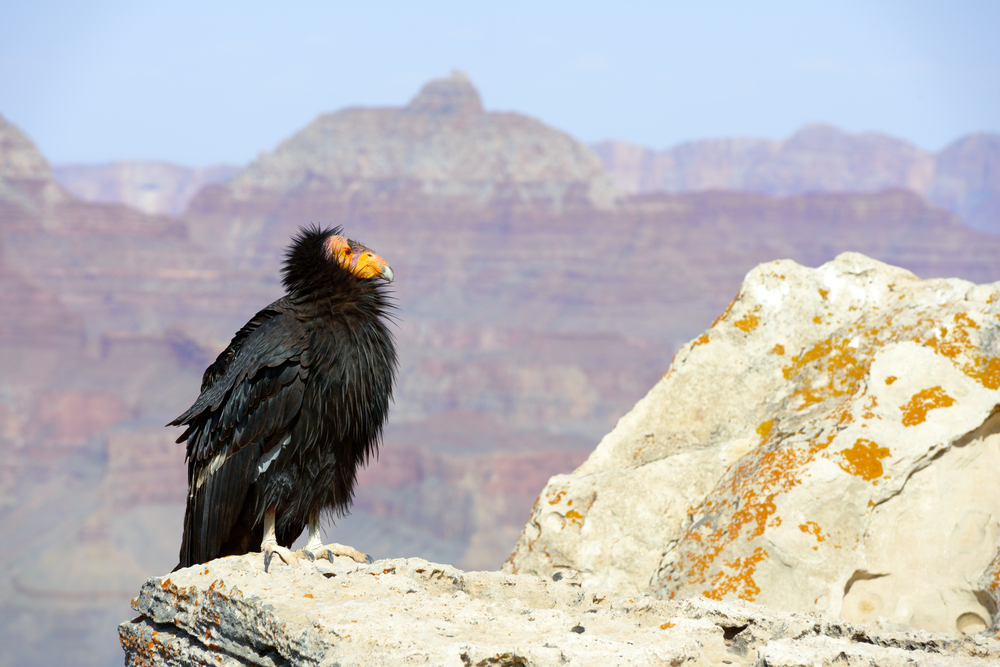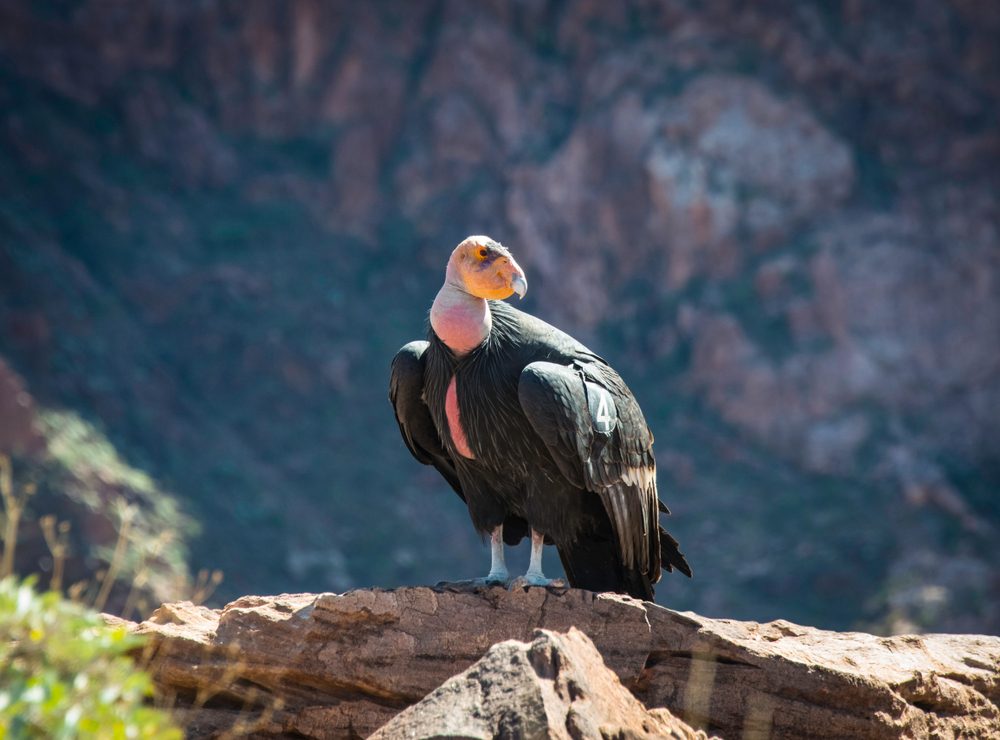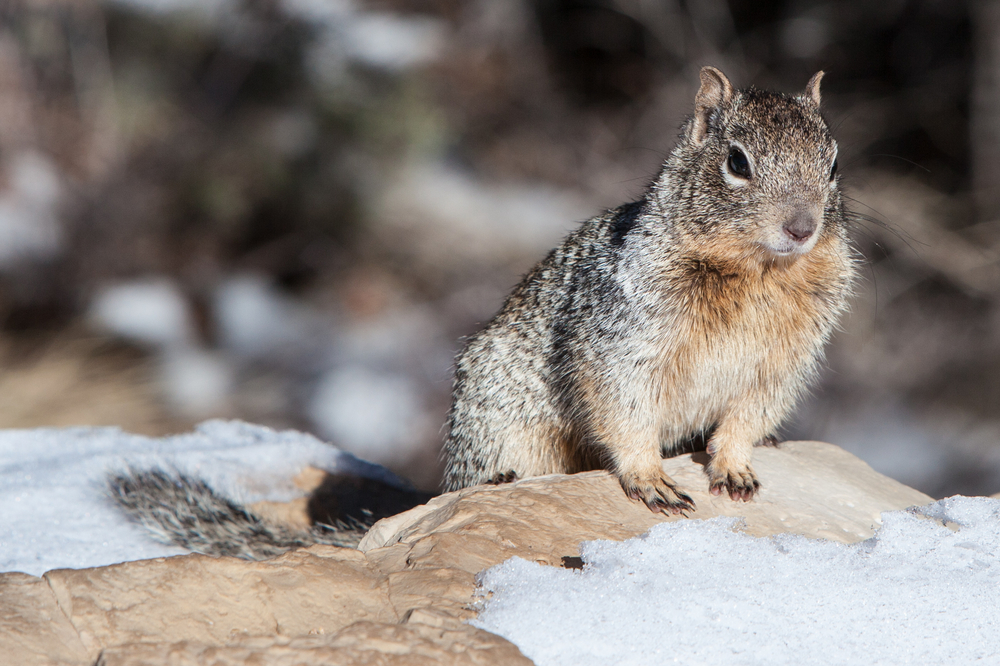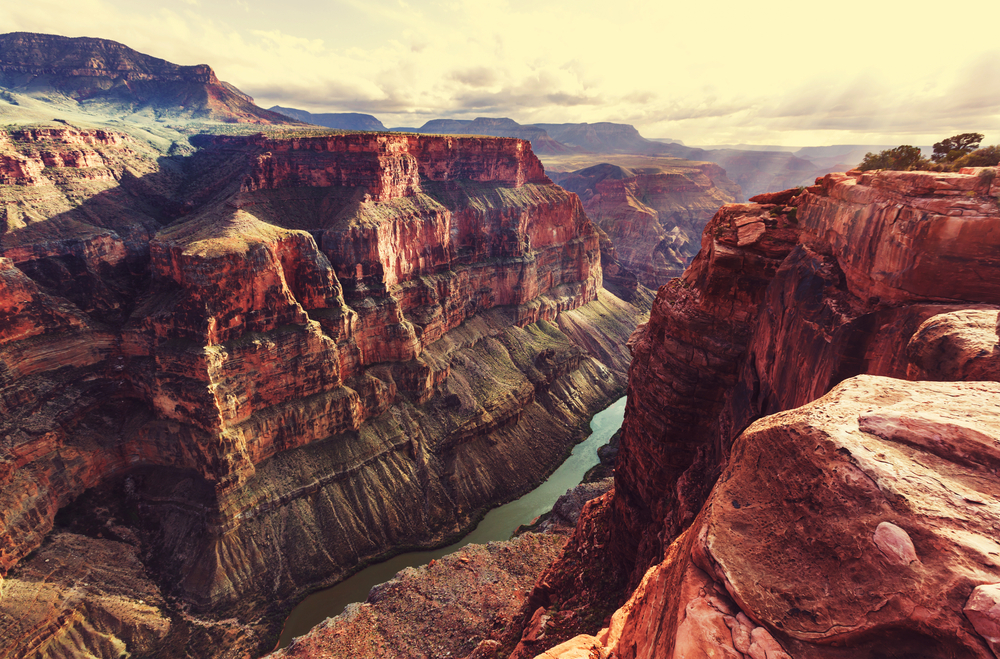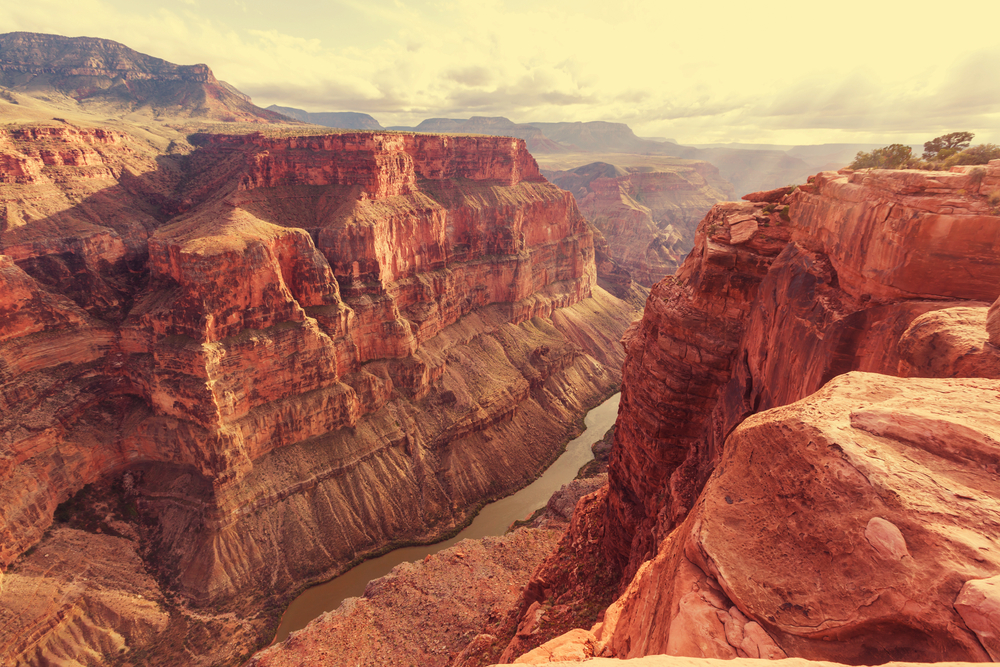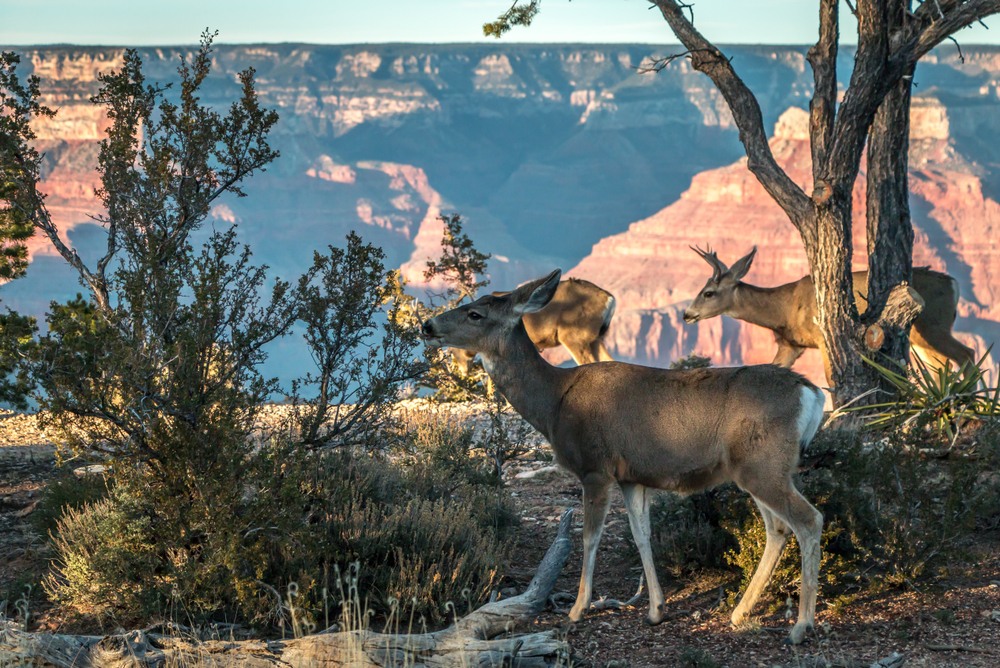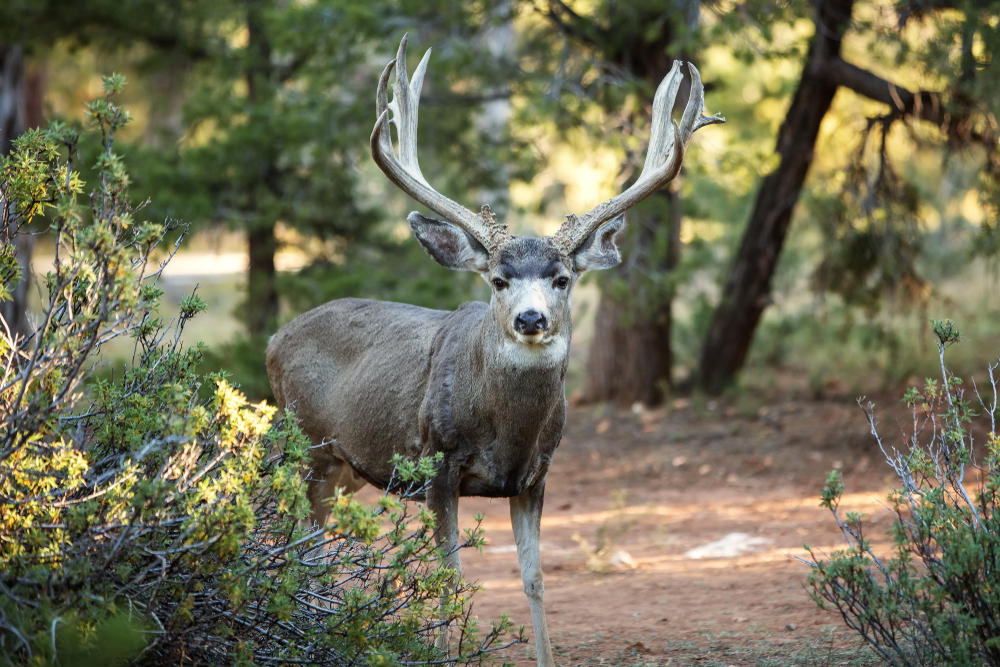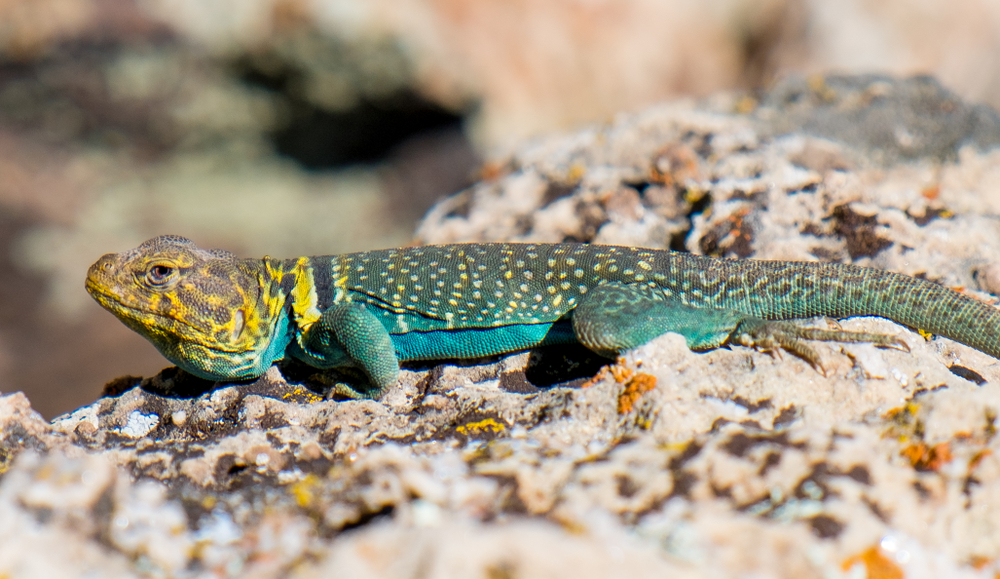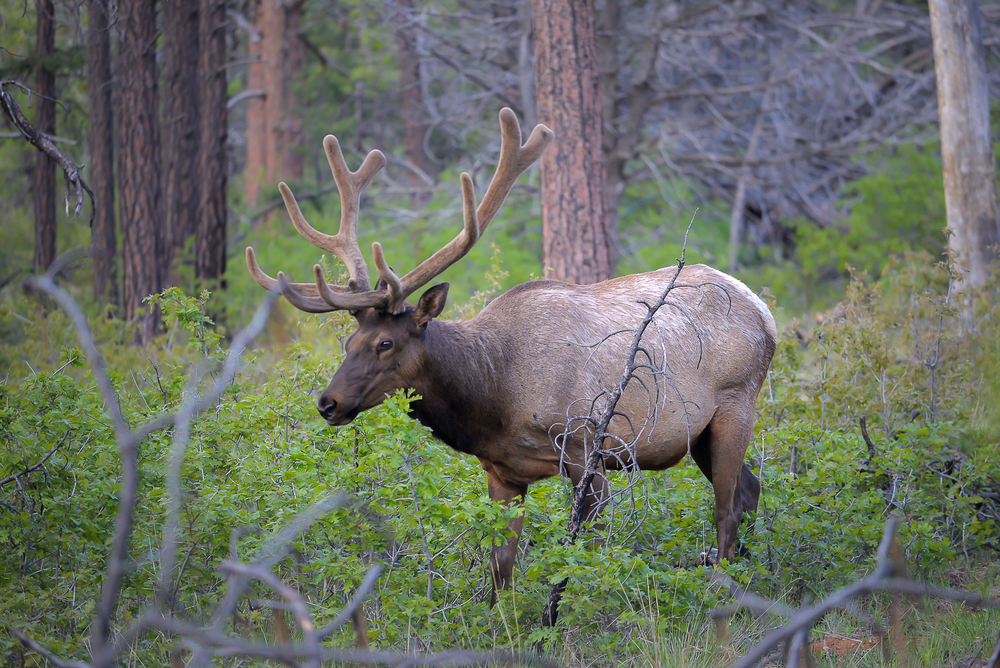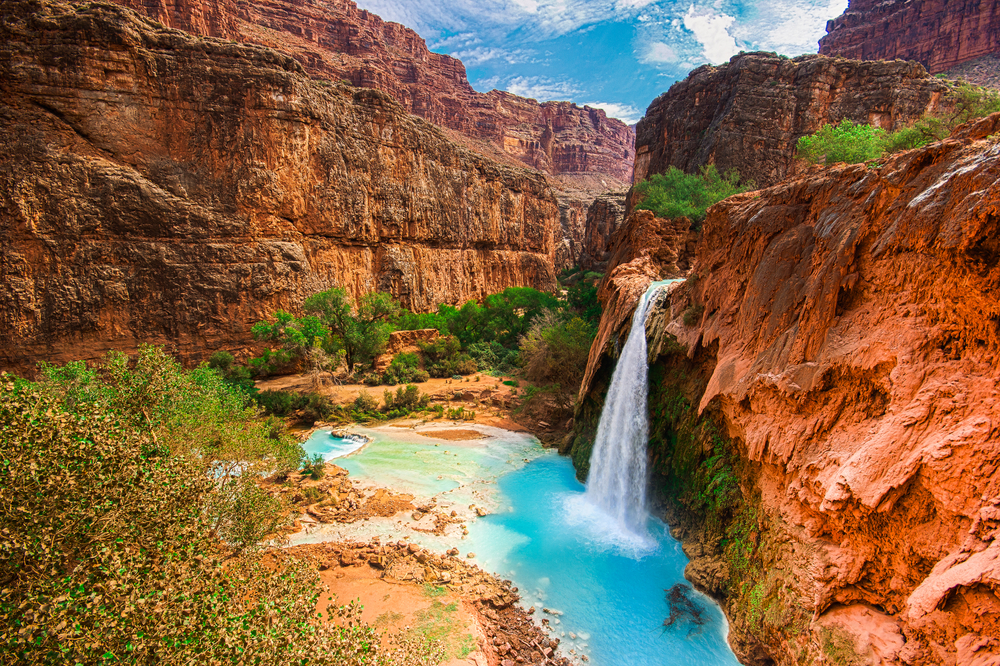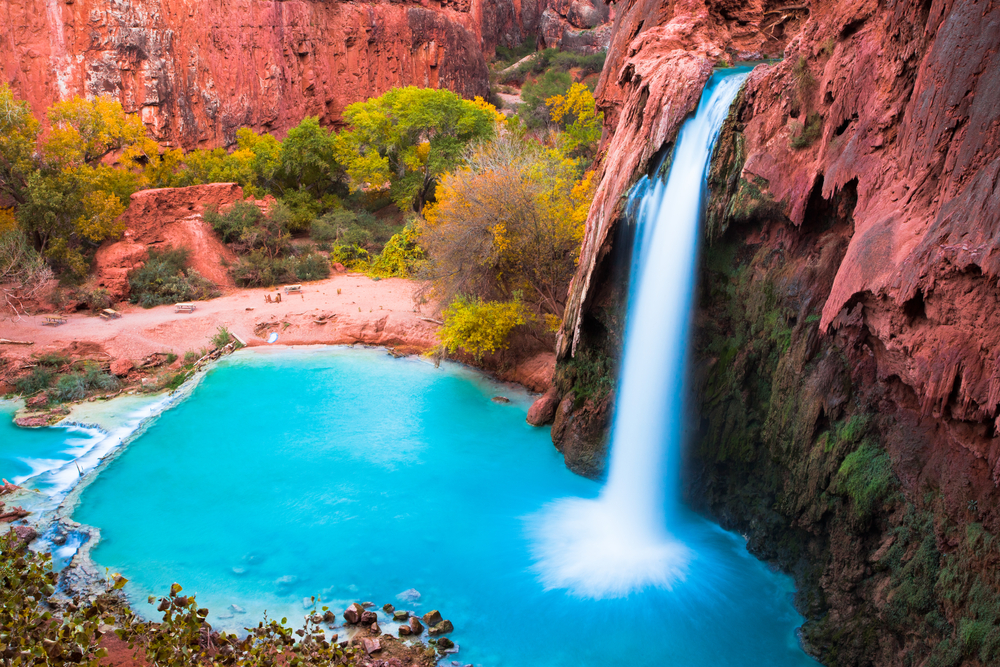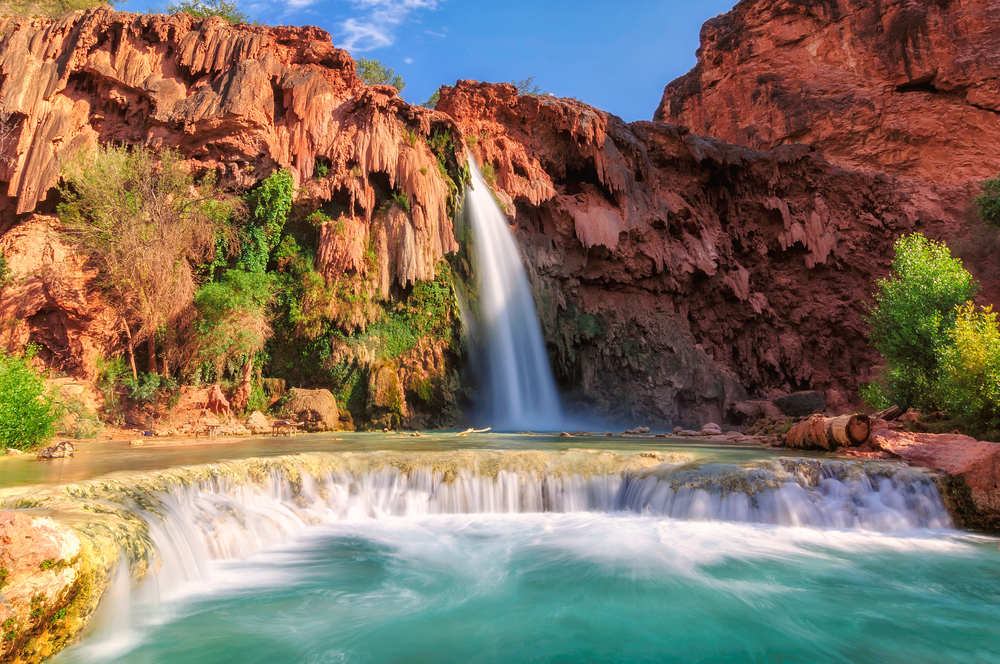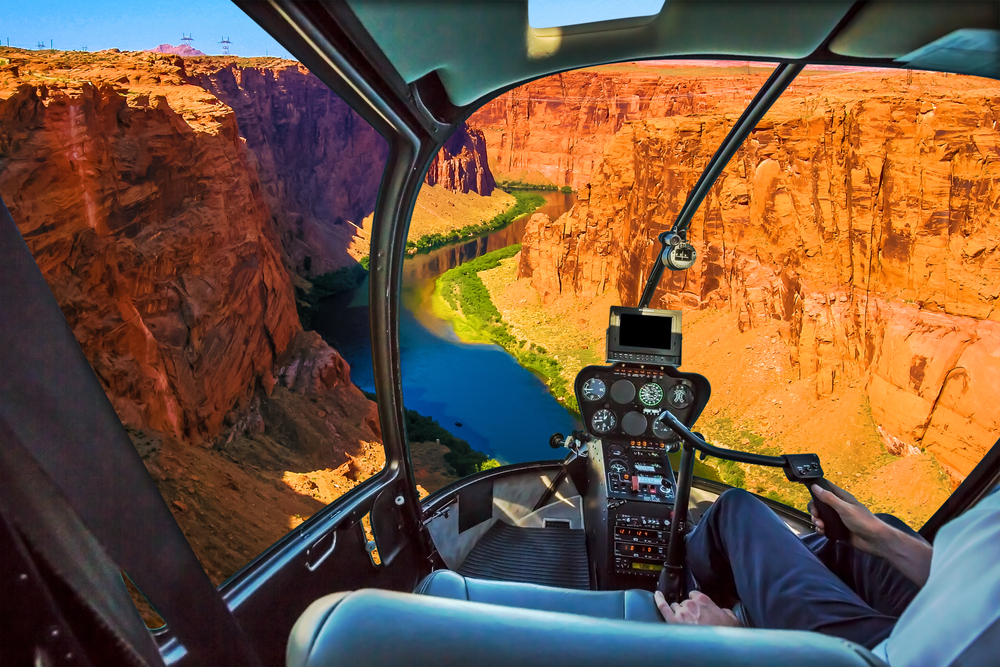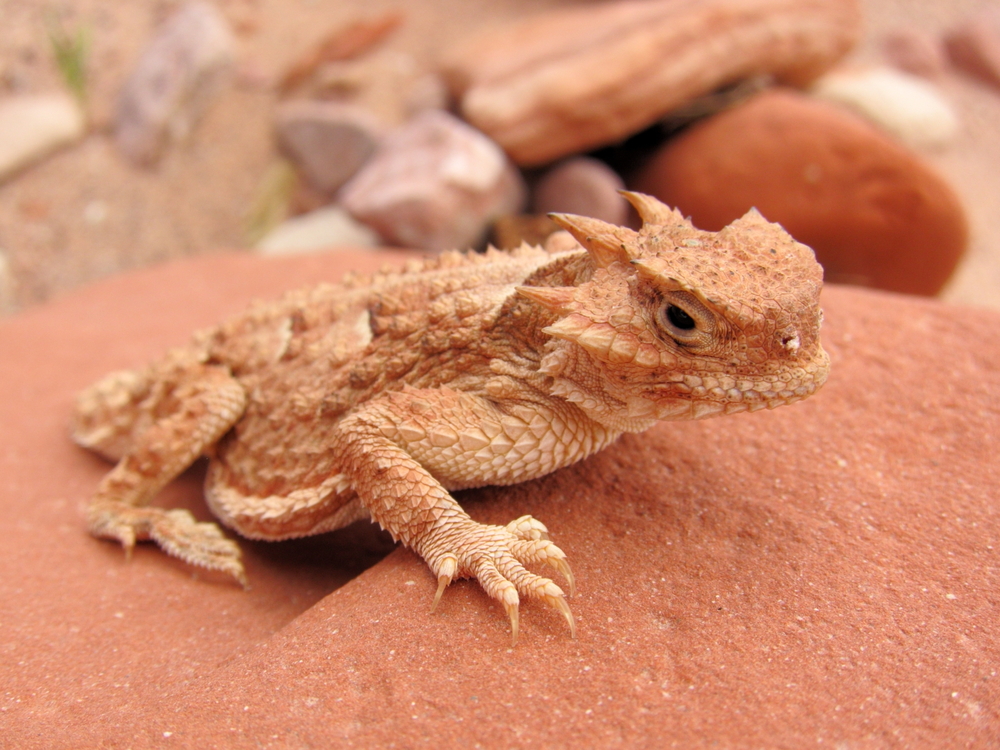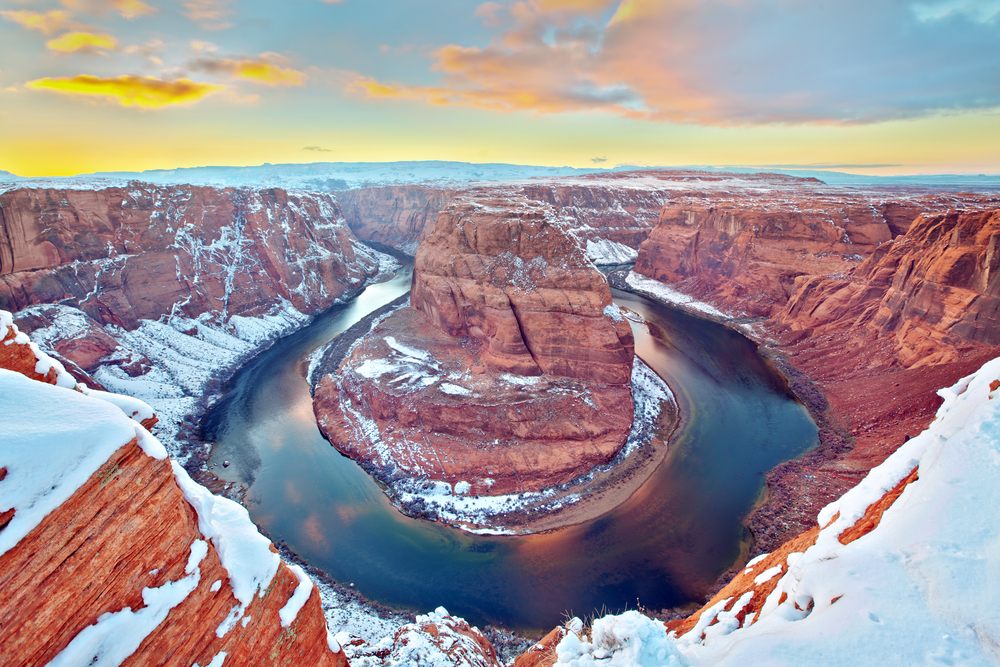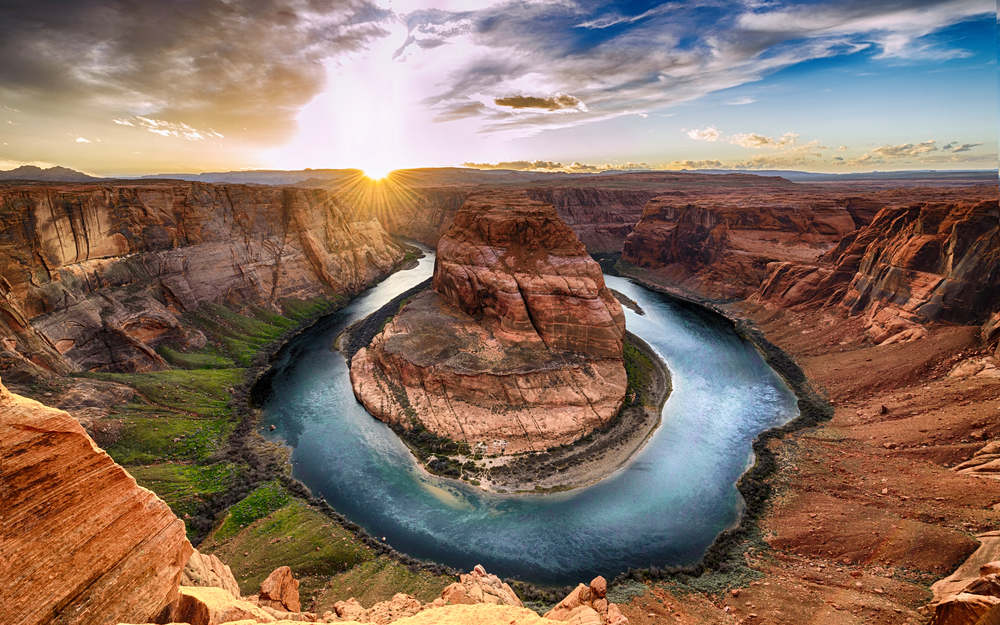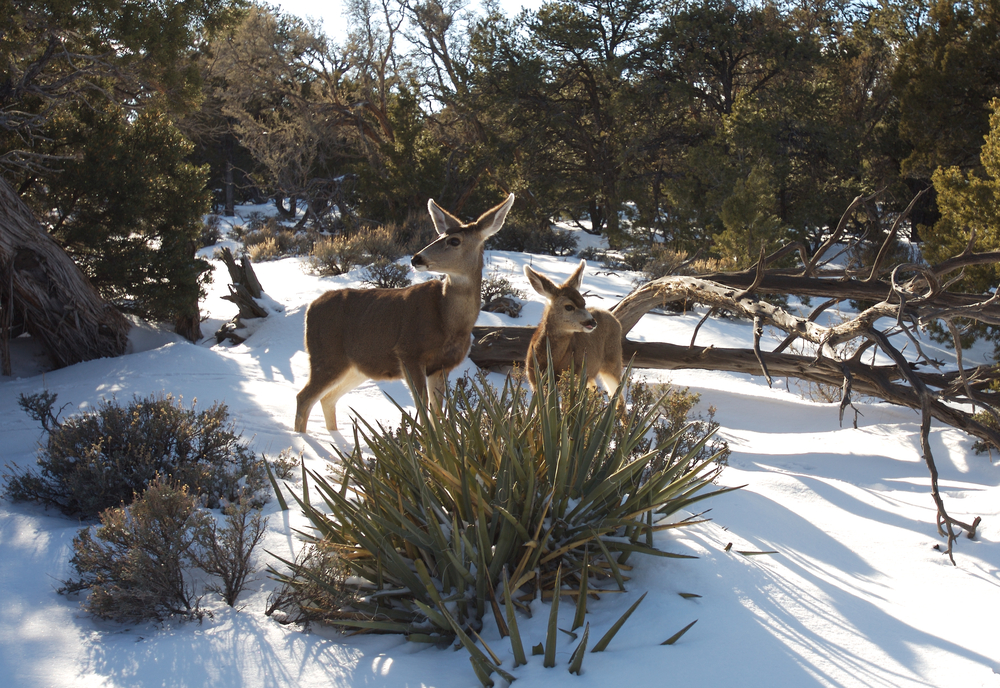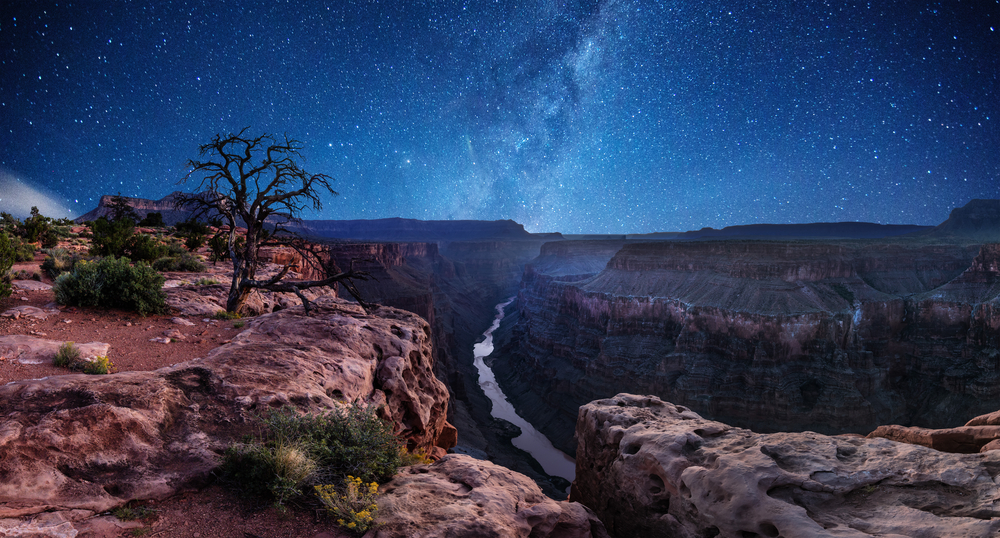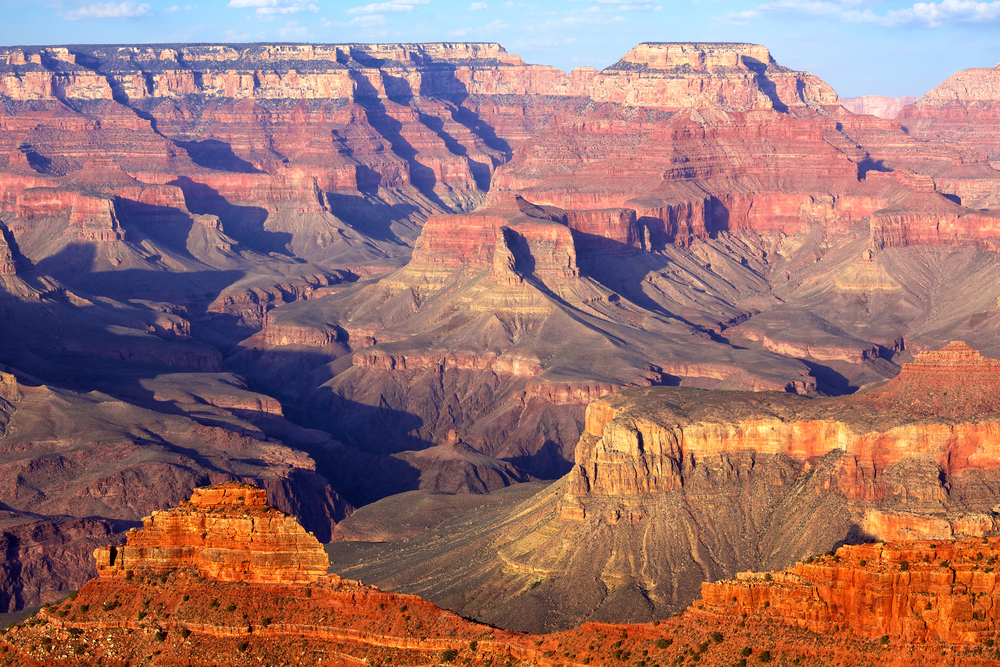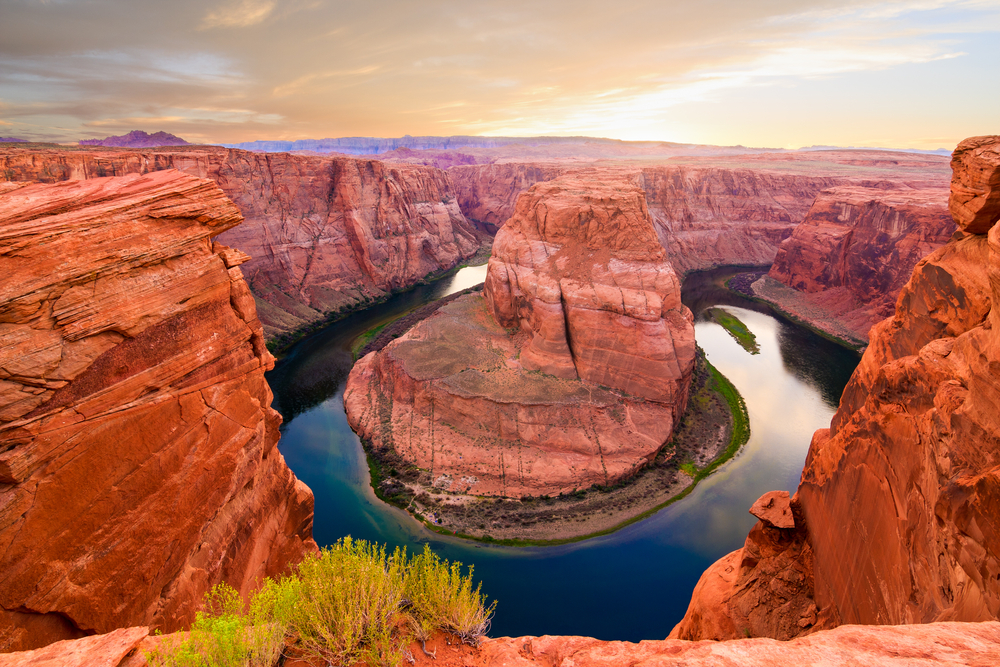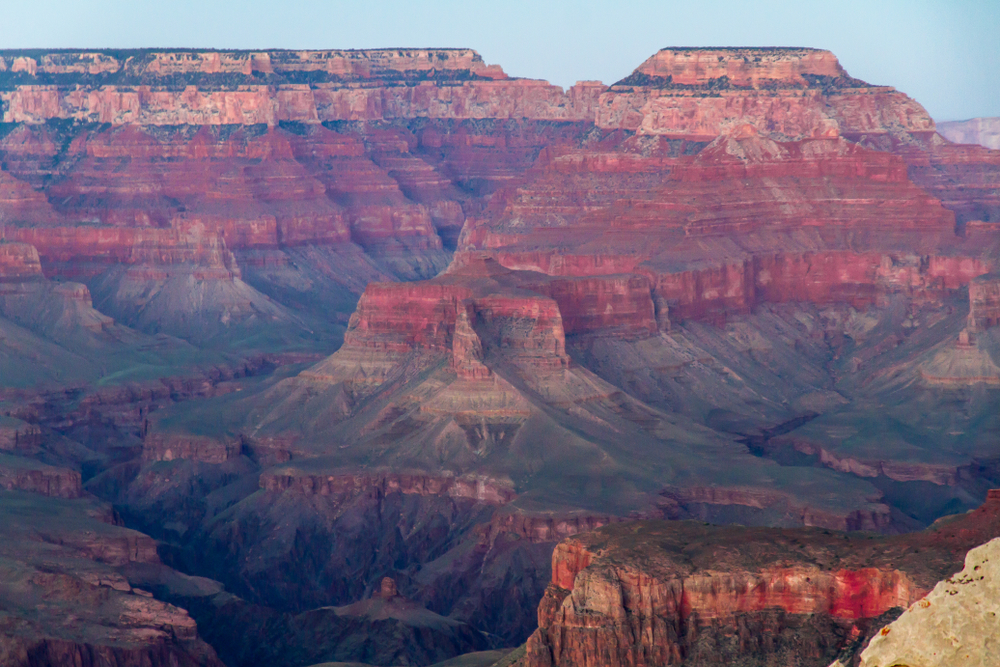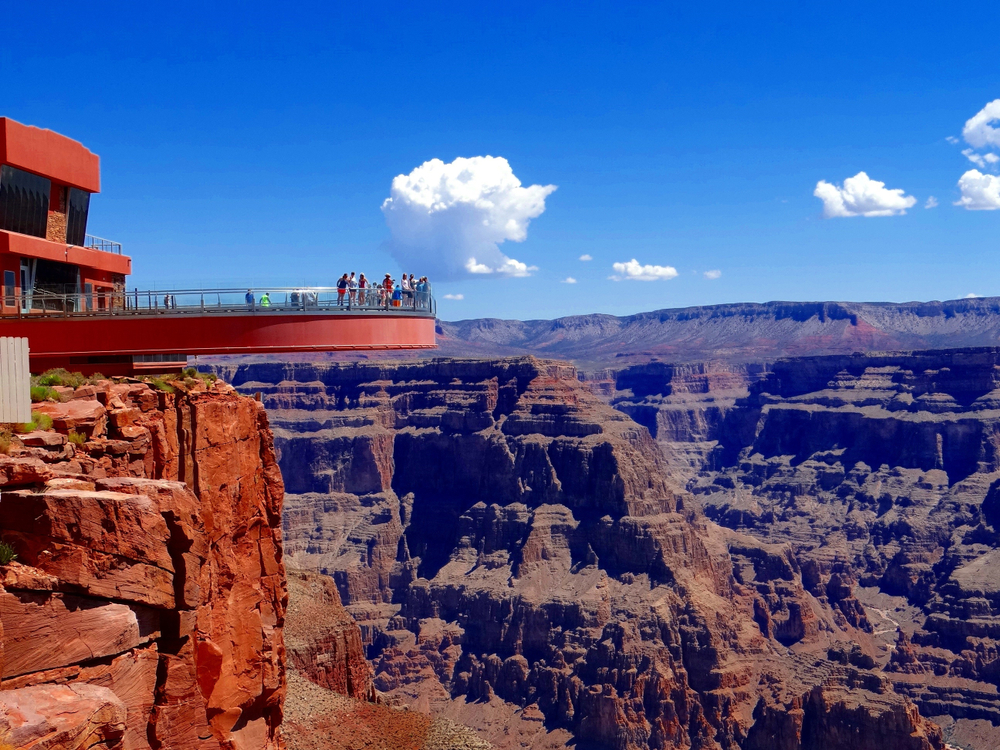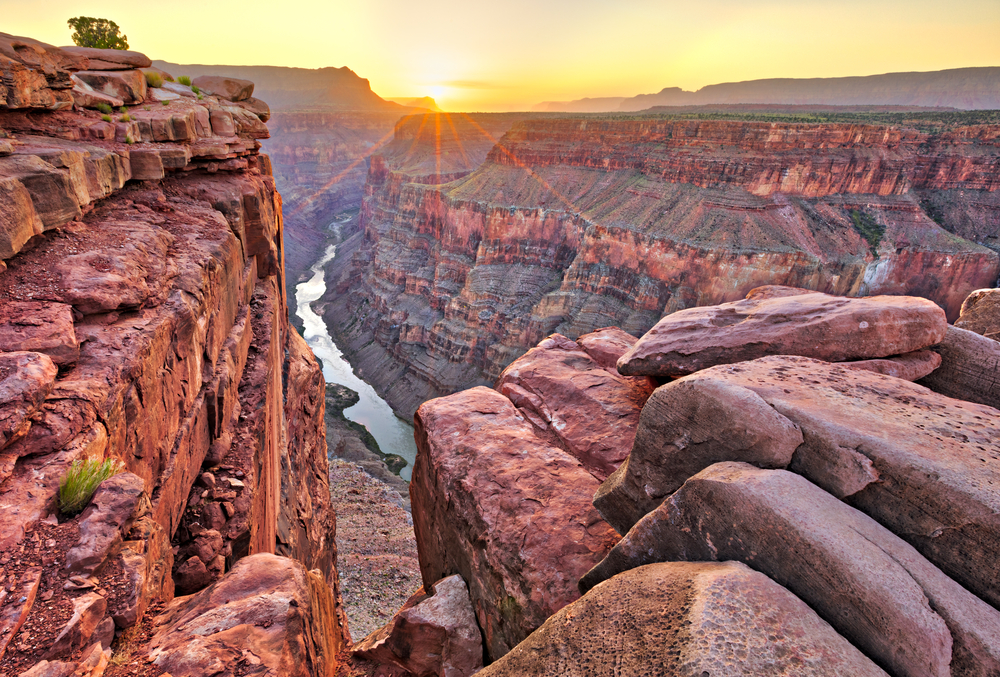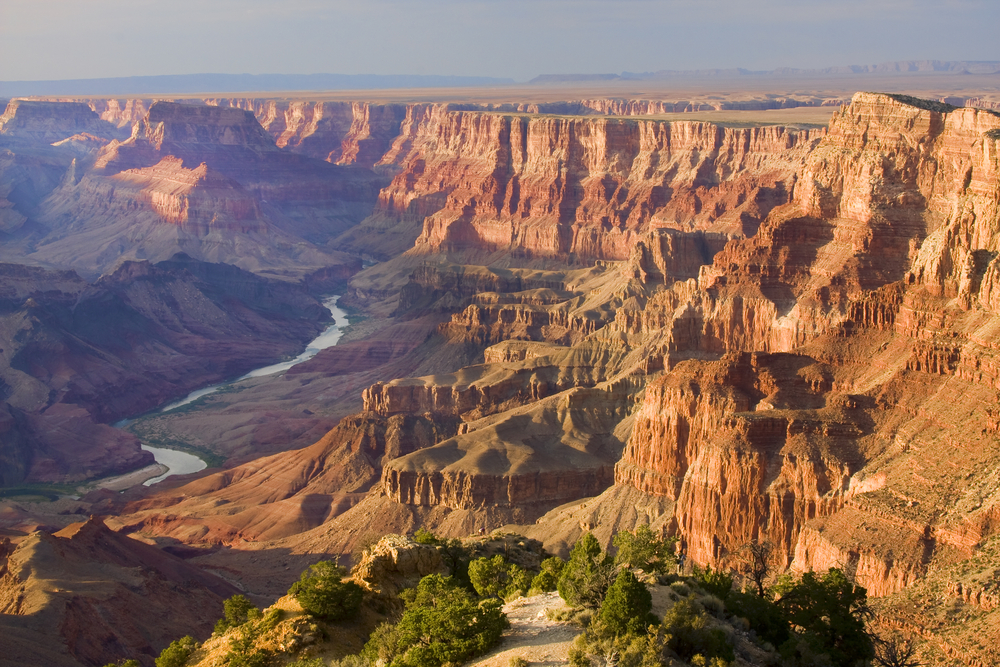Popular
Grand Canyon National Park, a geological masterpiece in Arizona, is not only celebrated for its vast and colorful landscapes but also for the diverse wildlife that inhabits this iconic American landmark, where visitors can encounter a variety of species that have adapted to the canyon’s unique environments, from the riverbanks to the rim.
California Condor – One of the world’s rarest bird species, the California Condor soars above the canyon, a conservation success story with its impressive wingspan and scavenging habits.
Bighorn Sheep – Agile and sure-footed, Bighorn Sheep navigate the canyon’s steep cliffs with ease, their curved horns and sturdy build a symbol of the desert’s wild inhabitants.
Elk – Frequently seen grazing in meadows and along the park’s roadways, Elk are among the largest mammals in the Grand Canyon, majestic and watchful.
Mule Deer – With their large ears and nimble movements, Mule Deer are a common sight, especially at dawn and dusk, feeding on the canyon’s vegetation.
Coyote – Emblematic of the American Southwest, Coyotes roam the canyon, their adaptability allowing them to thrive in both the park’s forests and arid desert areas.
Grand Canyon Pink Rattlesnake – Unique to the Grand Canyon, this pink-hued rattlesnake blends perfectly with the canyon’s rocks, a fascinating example of adaptation and camouflage.
Rock Squirrel – Often seen by visitors, Rock Squirrels are abundant, foraging for food along the trails and overlooks, seemingly unafraid of human presence.
Ringtail – Arizona’s state mammal, the elusive Ringtail, is a nocturnal creature, resembling a small fox with a raccoon-like tail, often spotted in rocky areas.
Mountain Lion – Though rarely seen, Mountain Lions inhabit the park, apex predators that roam its vast landscapes in search of deer and other prey.
Peregrine Falcon – Fast and fierce, Peregrine Falcons nest on the canyon’s cliffs, diving at incredible speeds to catch their prey, a testament to the park’s biodiversity.
The wildlife of Grand Canyon National Park, from the soaring California Condor to the stealthy Mountain Lion, adds to the majesty and mystique of one of the world’s most awe-inspiring natural wonders, offering visitors a glimpse into the vibrant life that thrives within its depths and on its rims.











































































